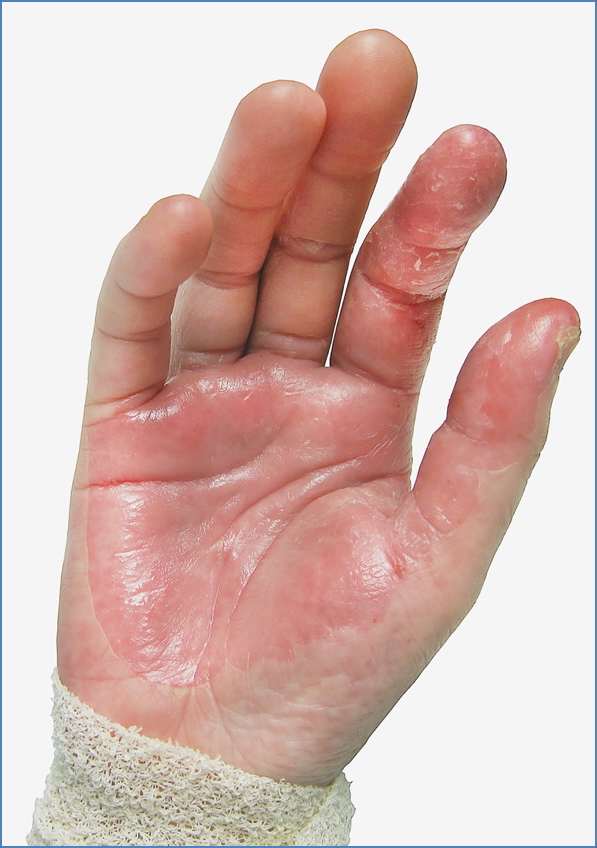Table of Contents
Overview – Toxic Shock Syndrome
Toxic Shock Syndrome (TSS) is a rare, life-threatening multisystem condition caused by toxin-producing strains of Staphylococcus aureus or Streptococcus pyogenes. It results from the action of superantigens that trigger massive, nonspecific T-cell activation and a cytokine storm, leading to fever, rash, hypotension, and multiorgan failure. Although historically associated with tampon use, TSS can also result from skin wounds, surgical sites, and burns. Early recognition and aggressive supportive care are critical to reducing morbidity and mortality.
Definition
Toxic Shock Syndrome is an acute systemic illness caused by exotoxin-producing Gram-positive bacteria, characterised by shock, multiorgan involvement, and a diffuse erythematous rash with desquamation.
Aetiology
- Bacterial toxins:
- Toxic Shock Syndrome Toxin-1 (TSST-1)
- Exotoxins from:
- Staphylococcus aureus
- Streptococcus pyogenes
Pathogenesis
- TSST-1 acts as a superantigen
- → Massive, nonspecific T-cell activation
- → Cytokine storm (especially IL-1, TNF-α, IFN-γ)
- → Widespread vasodilation and capillary leak
- → Hypotension, shock, and multiorgan dysfunction
- Cutaneous response:
- Sunburn-like erythema
- Desquamation, especially on palms and soles (1–2 weeks post-onset)
Clinical Features
- Acute onset with:
- High-grade fever
- Generalised macular erythroderma (sunburn-like rash)
- Hypotension and shock
- Multisystem involvement:
- GI (vomiting, diarrhoea)
- Renal (acute kidney injury)
- Hepatic (elevated liver enzymes)
- CNS (confusion, seizures)
- Coagulopathy (DIC may occur)
- Late desquamation of skin, notably palms and soles

Diagnosis
- Clinical diagnosis: based on rapid-onset shock with rash and multisystem involvement
- Culture of blood, wound or site of infection (may not always isolate bacteria)
- Labs:
- Elevated CRP, ESR
- Thrombocytopenia
- Elevated creatinine, LFTs
- Coagulation abnormalities
- Rule out other causes of septic shock
Management
- Immediate interventions:
- Remove source of infection (tampon, abscess, wound packing, etc.)
- Supportive care: IV fluids, oxygen, vasopressors if needed
- IV antibiotics:
- Empirical:
- Flucloxacillin or a cephalosporin
- Add clindamycin to inhibit toxin production
- Consider vancomycin if MRSA suspected
- Empirical:
- Advanced care:
- ICU admission if severe
- Dialysis if renal failure develops
- Ventilatory support in case of respiratory failure
Complications
- Acute kidney injury
- Liver failure
- Coagulopathy (DIC)
- Cardiovascular collapse
- Death if not recognised and treated promptly
Summary – Toxic Shock Syndrome
Toxic Shock Syndrome is a rapidly progressive and potentially fatal systemic illness driven by bacterial exotoxins. It presents with fever, rash, hypotension, and multiorgan dysfunction. Early recognition, removal of the source, and initiation of IV antibiotics and supportive measures are key. For a broader context, see our Skin & Dermatology Overview page.